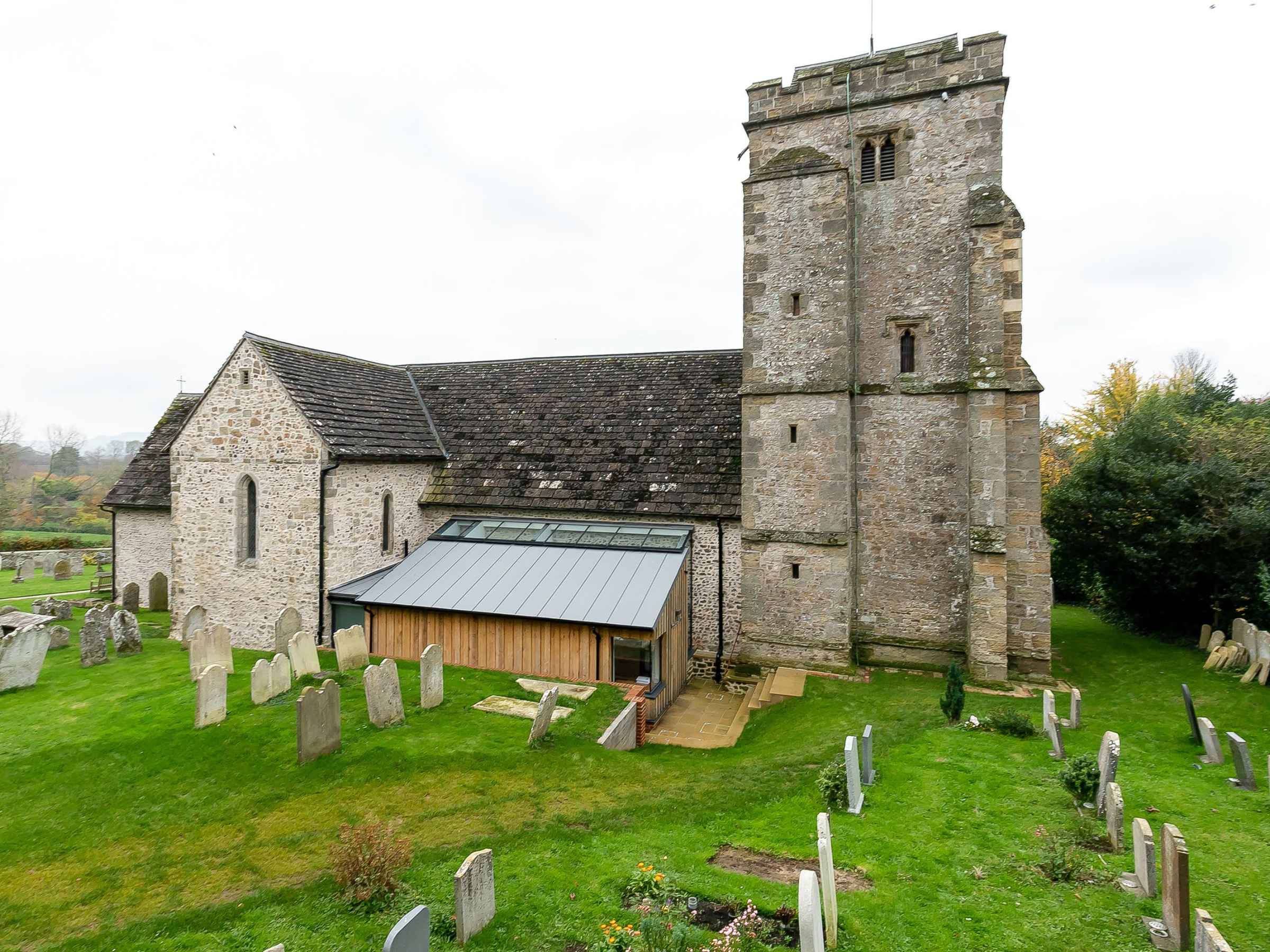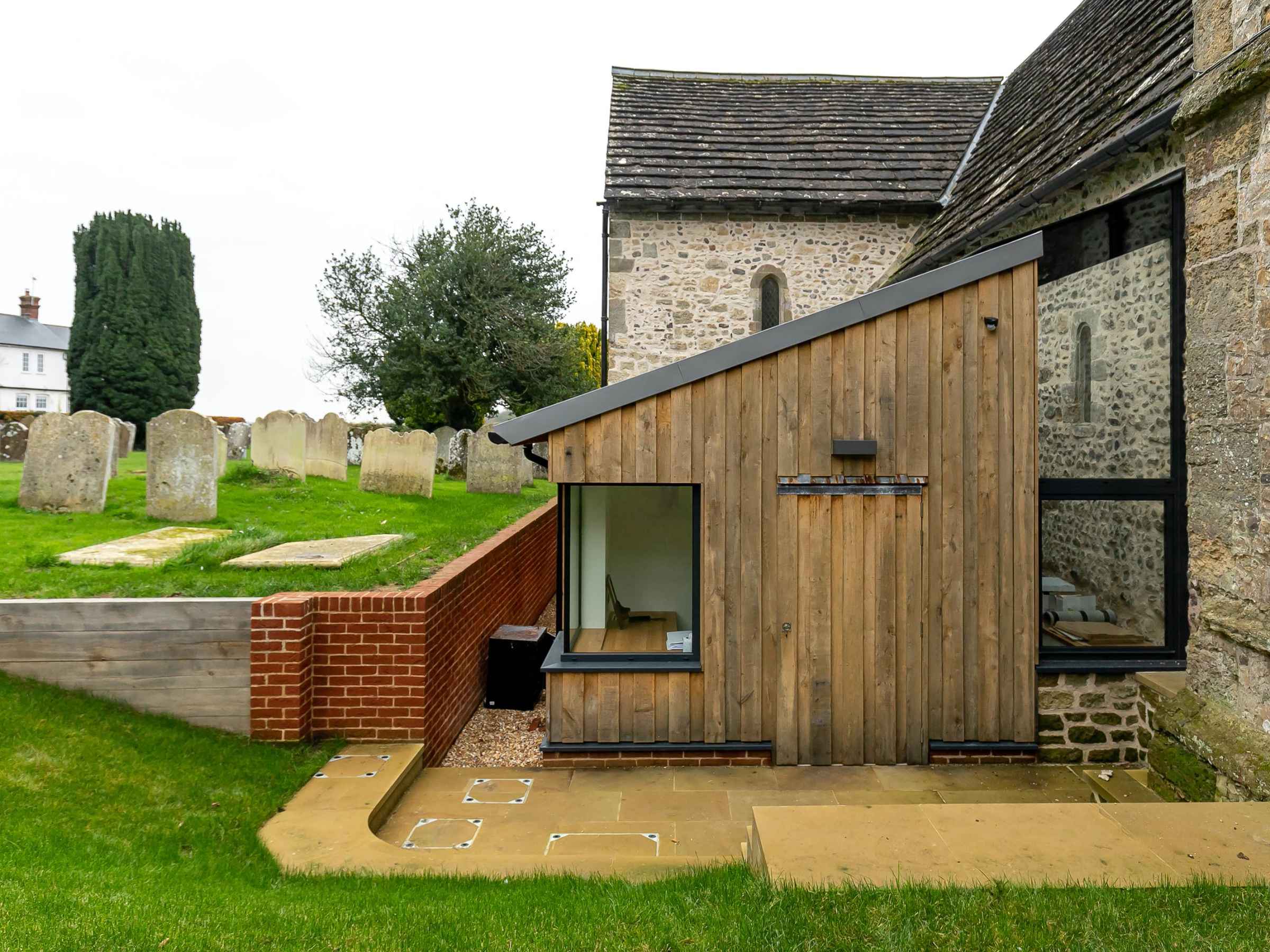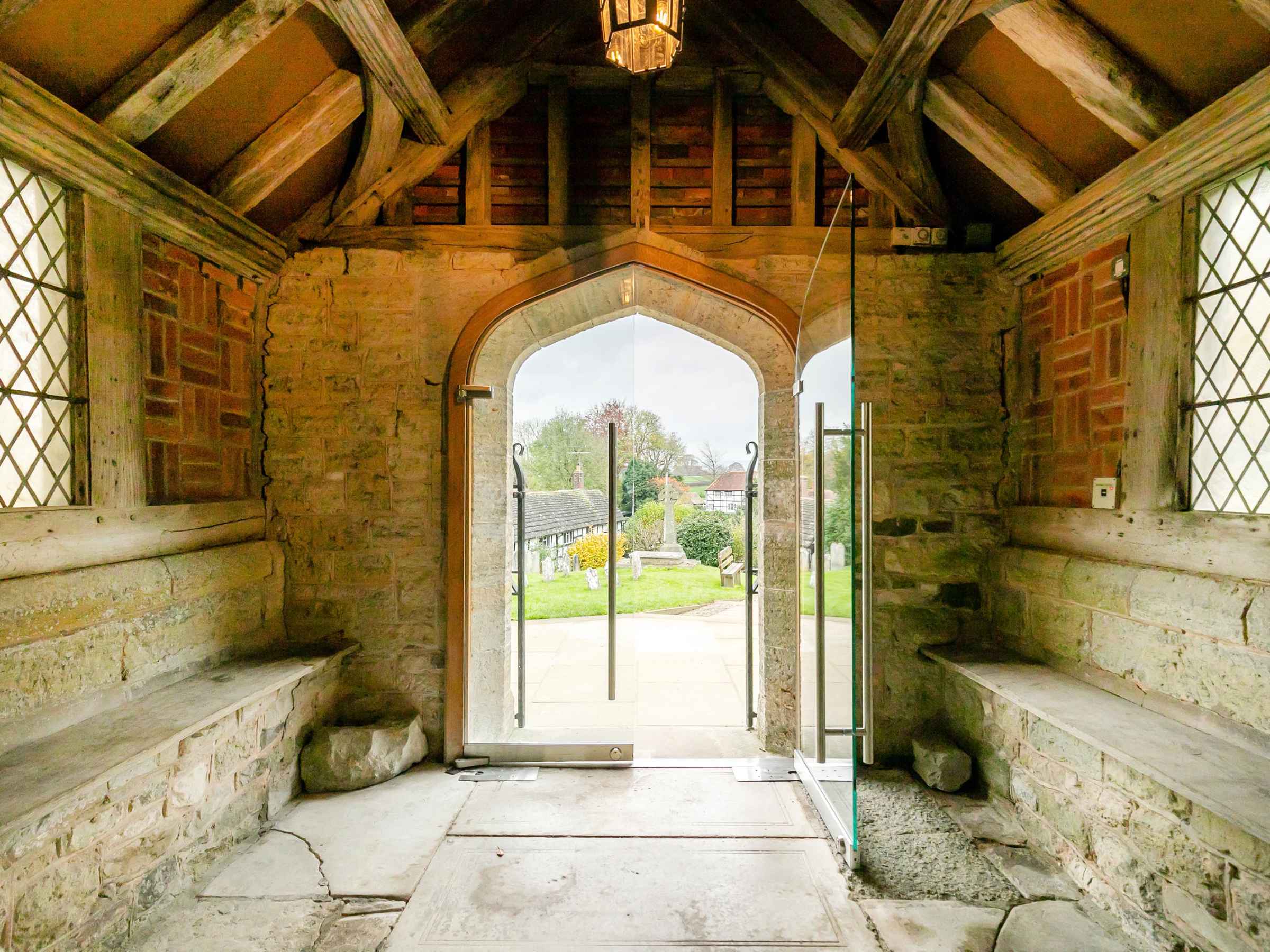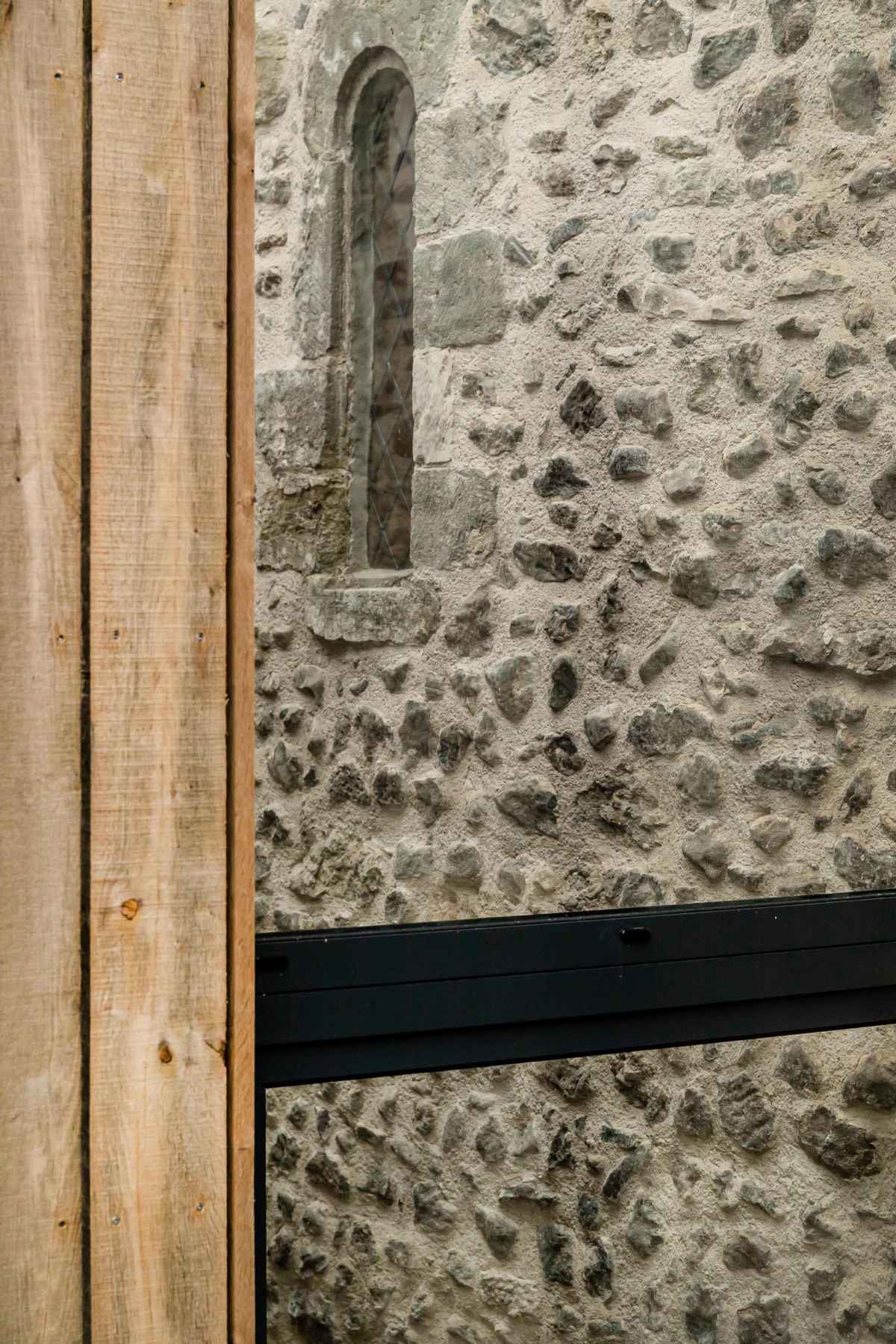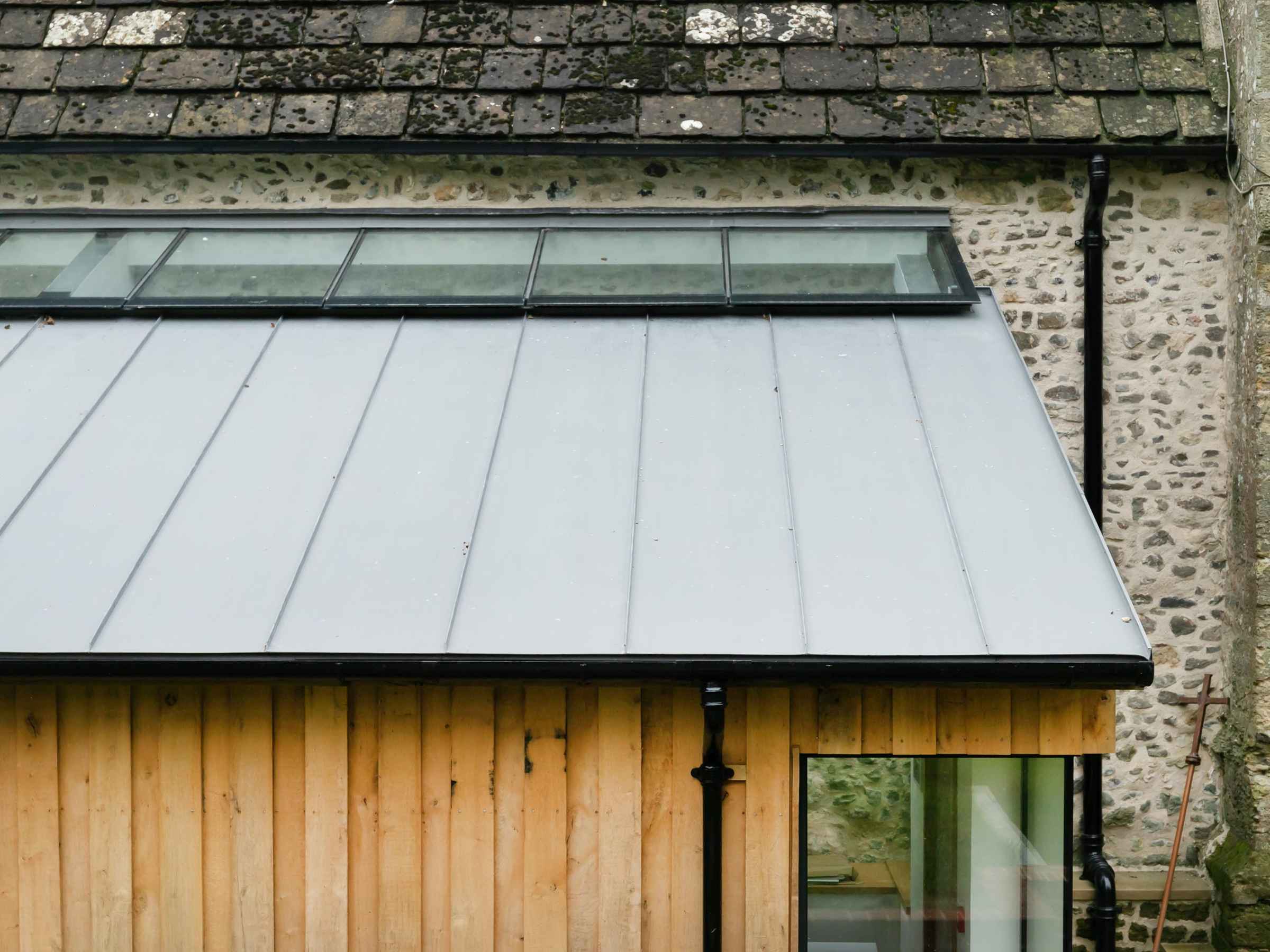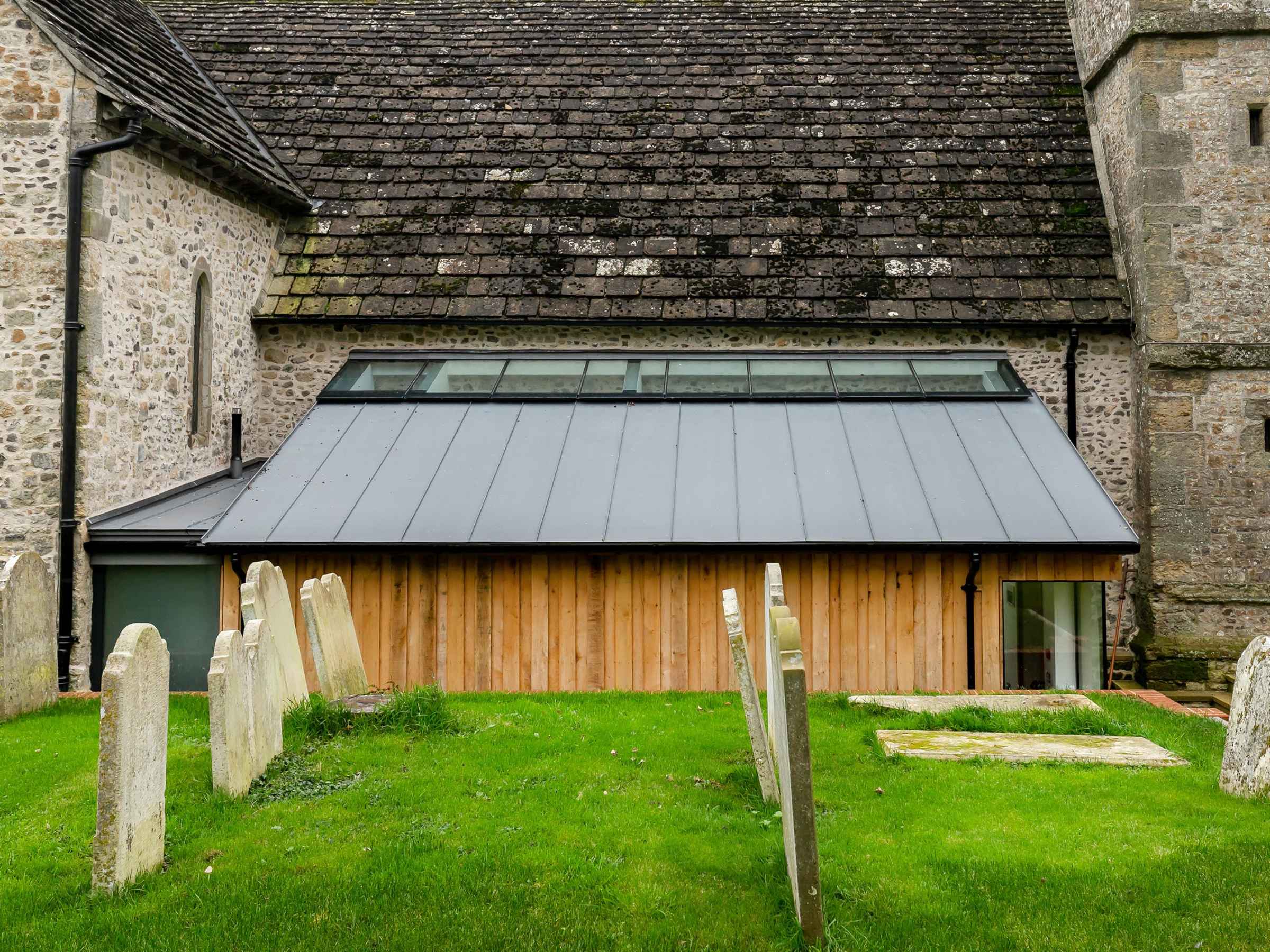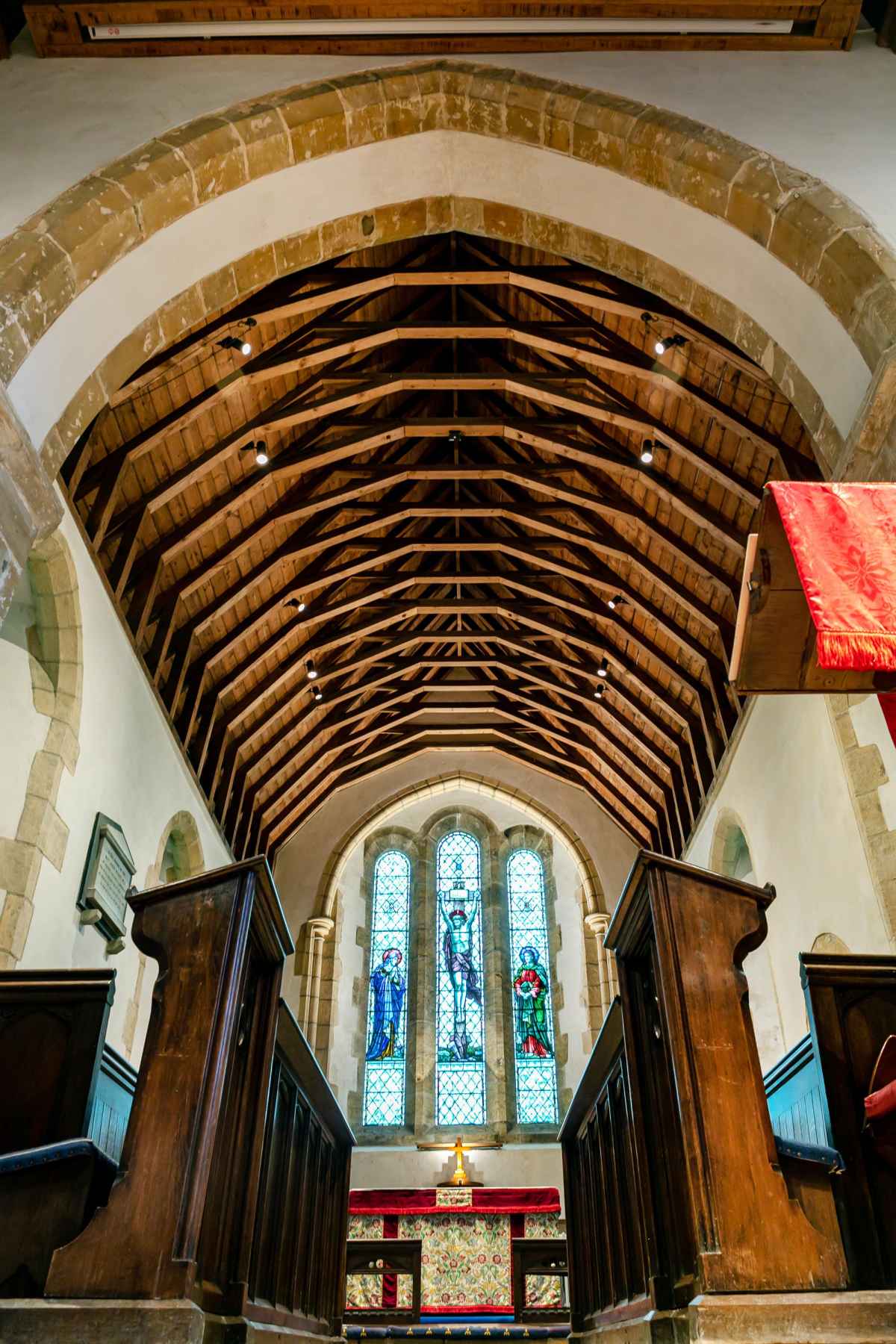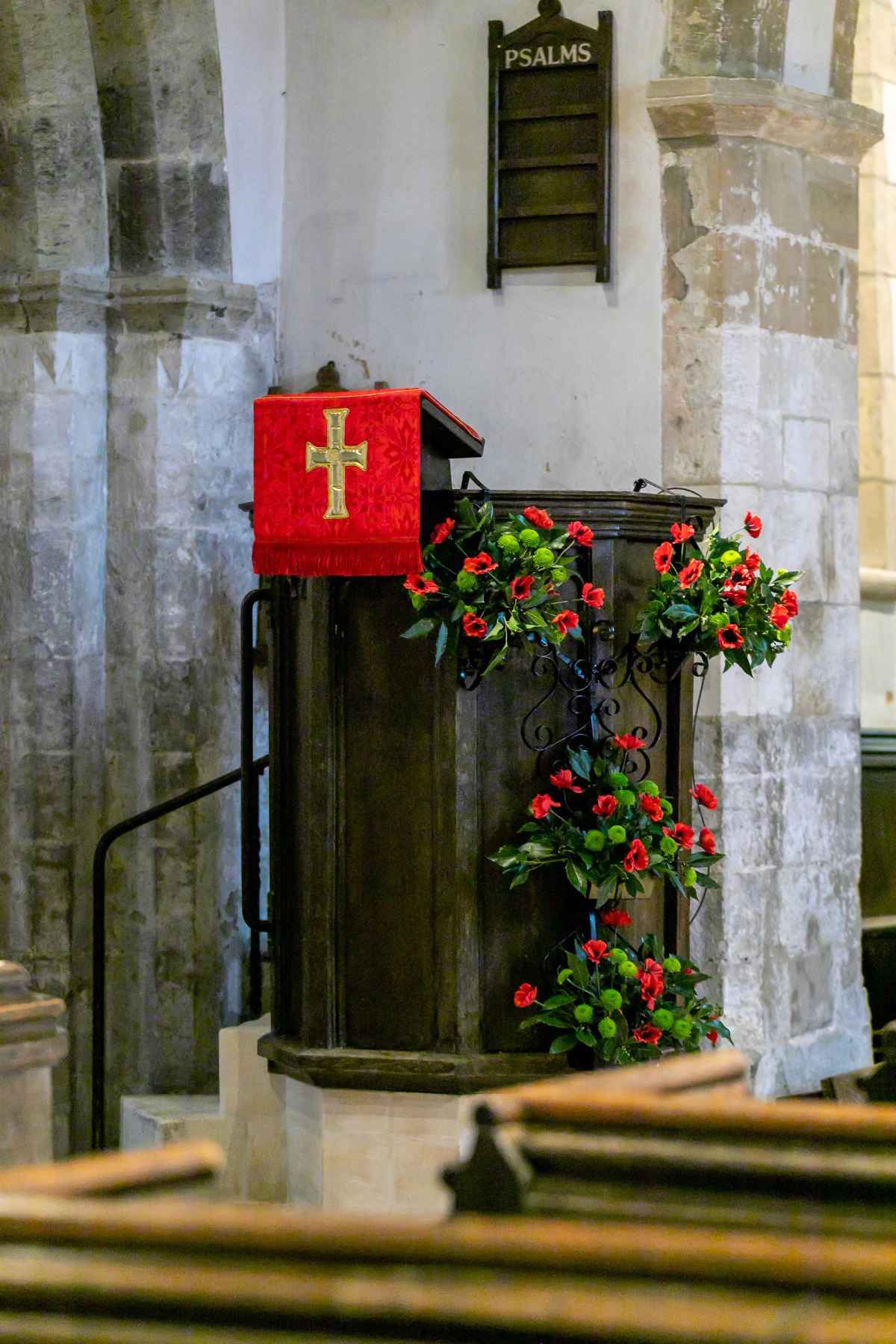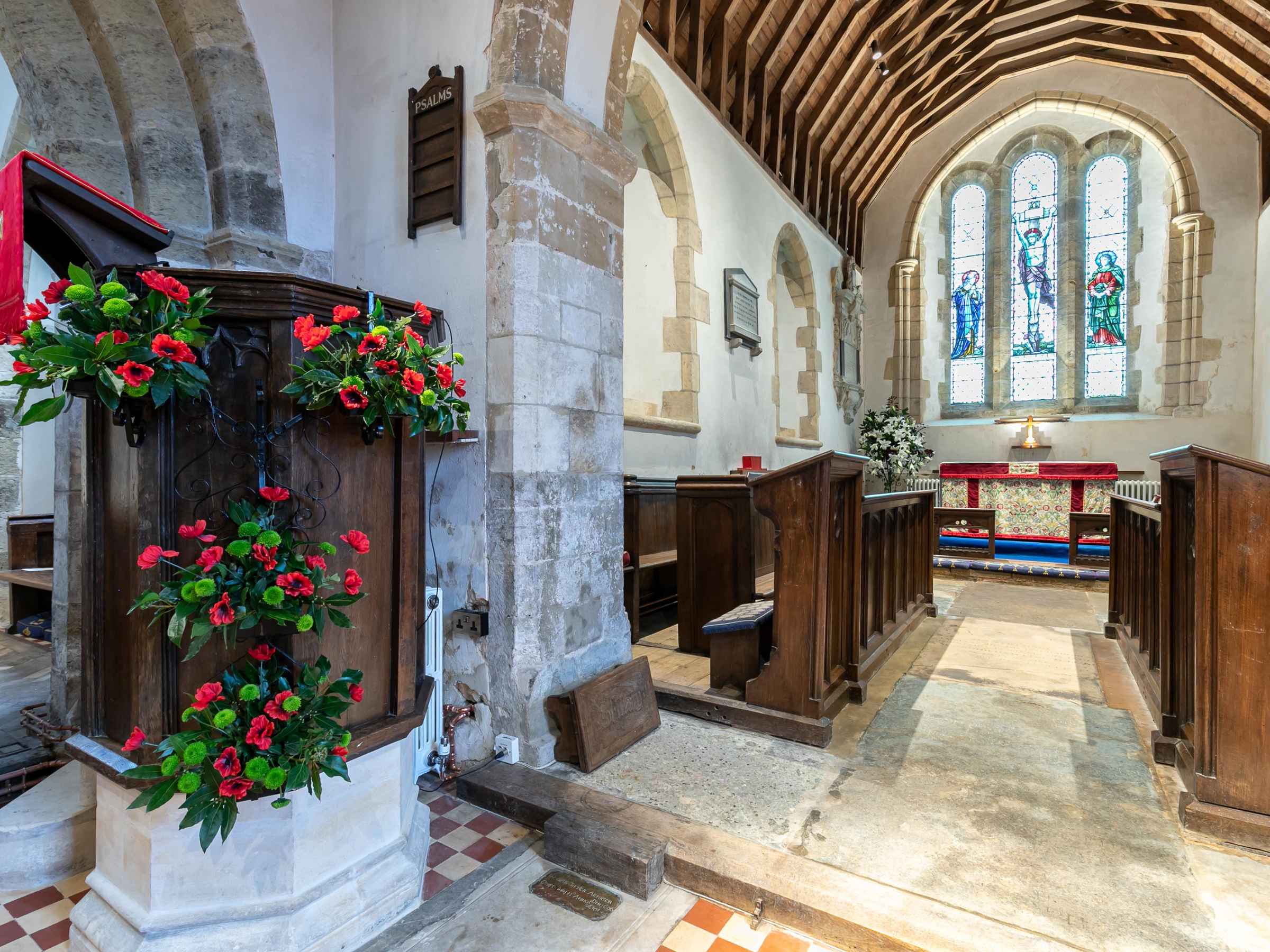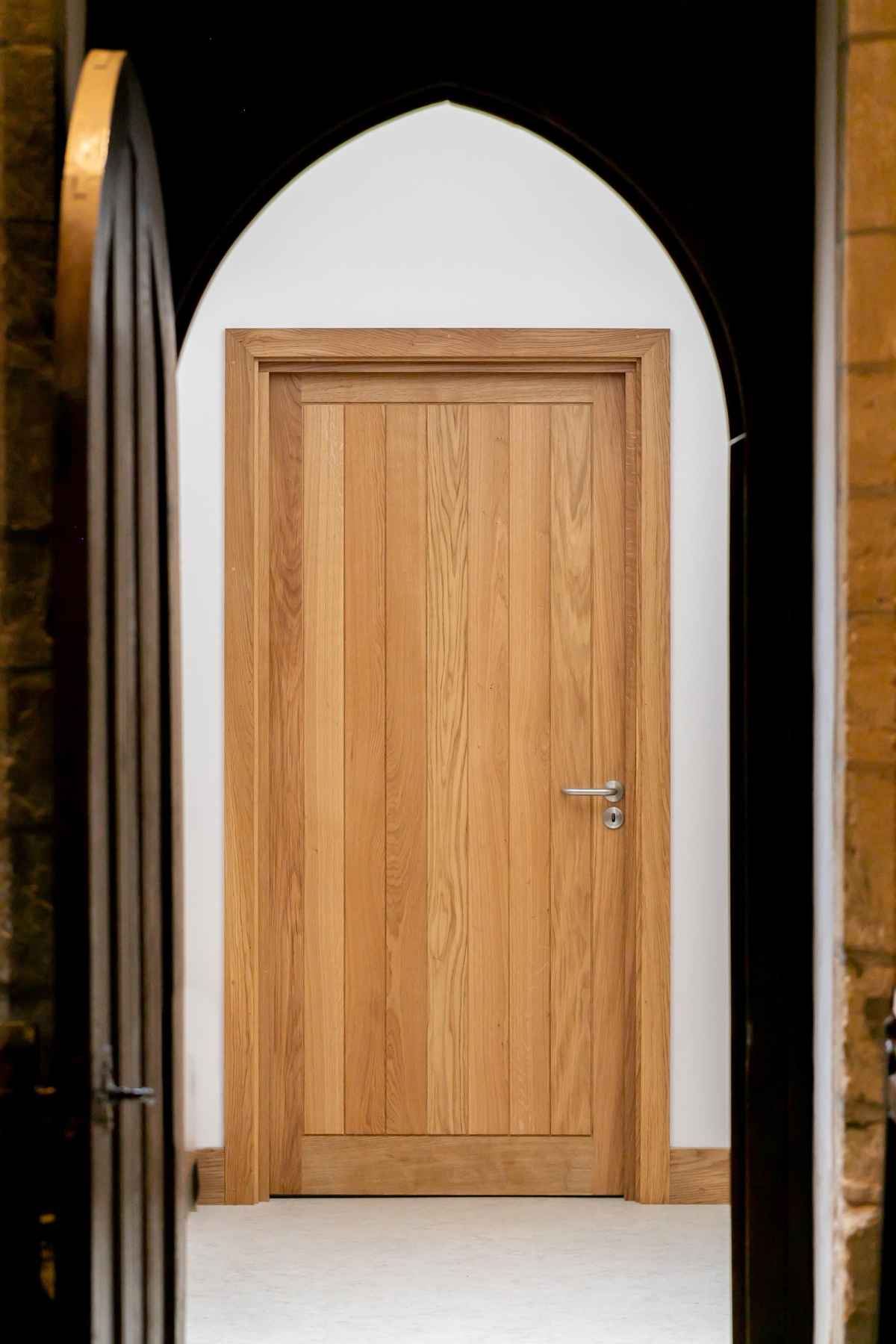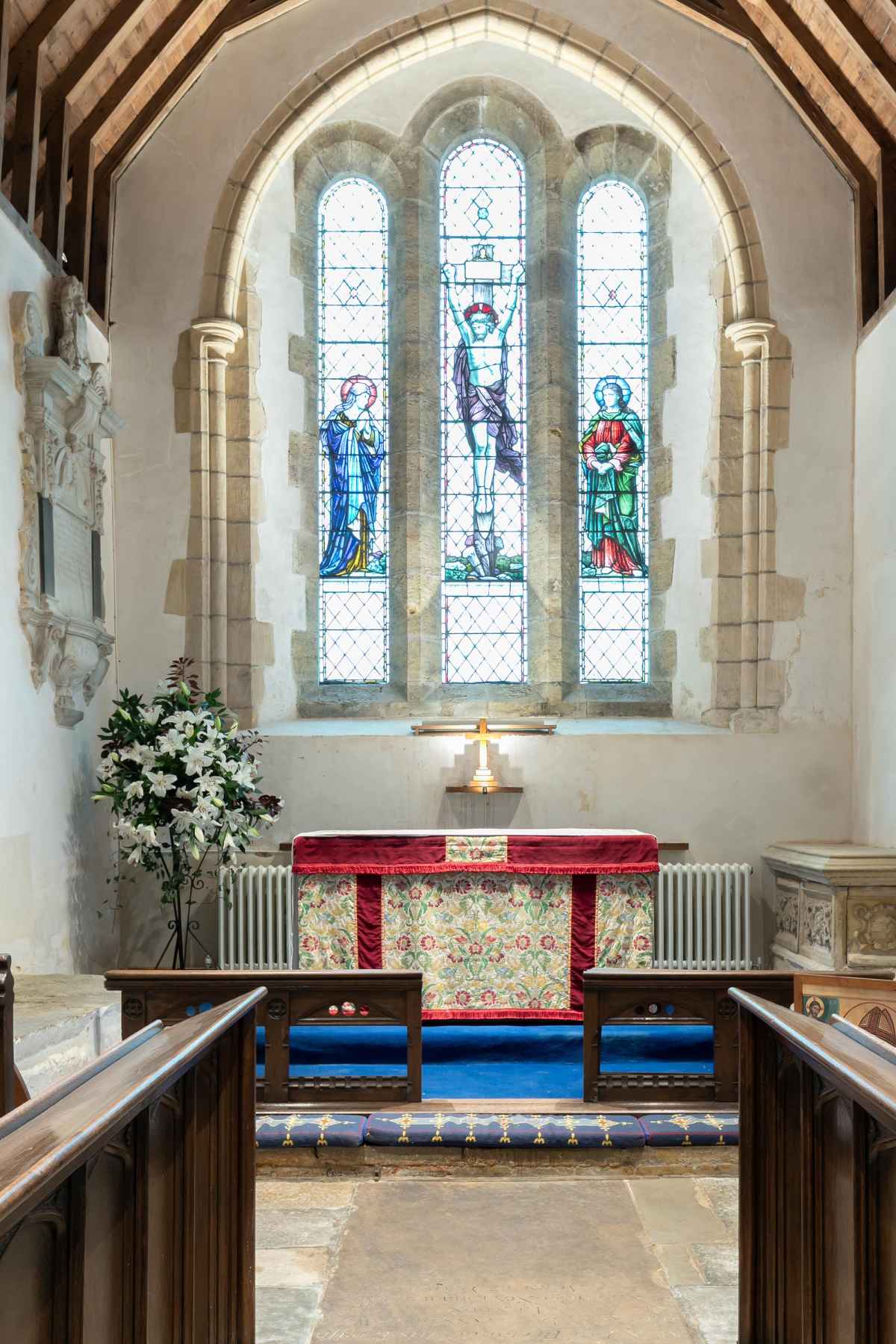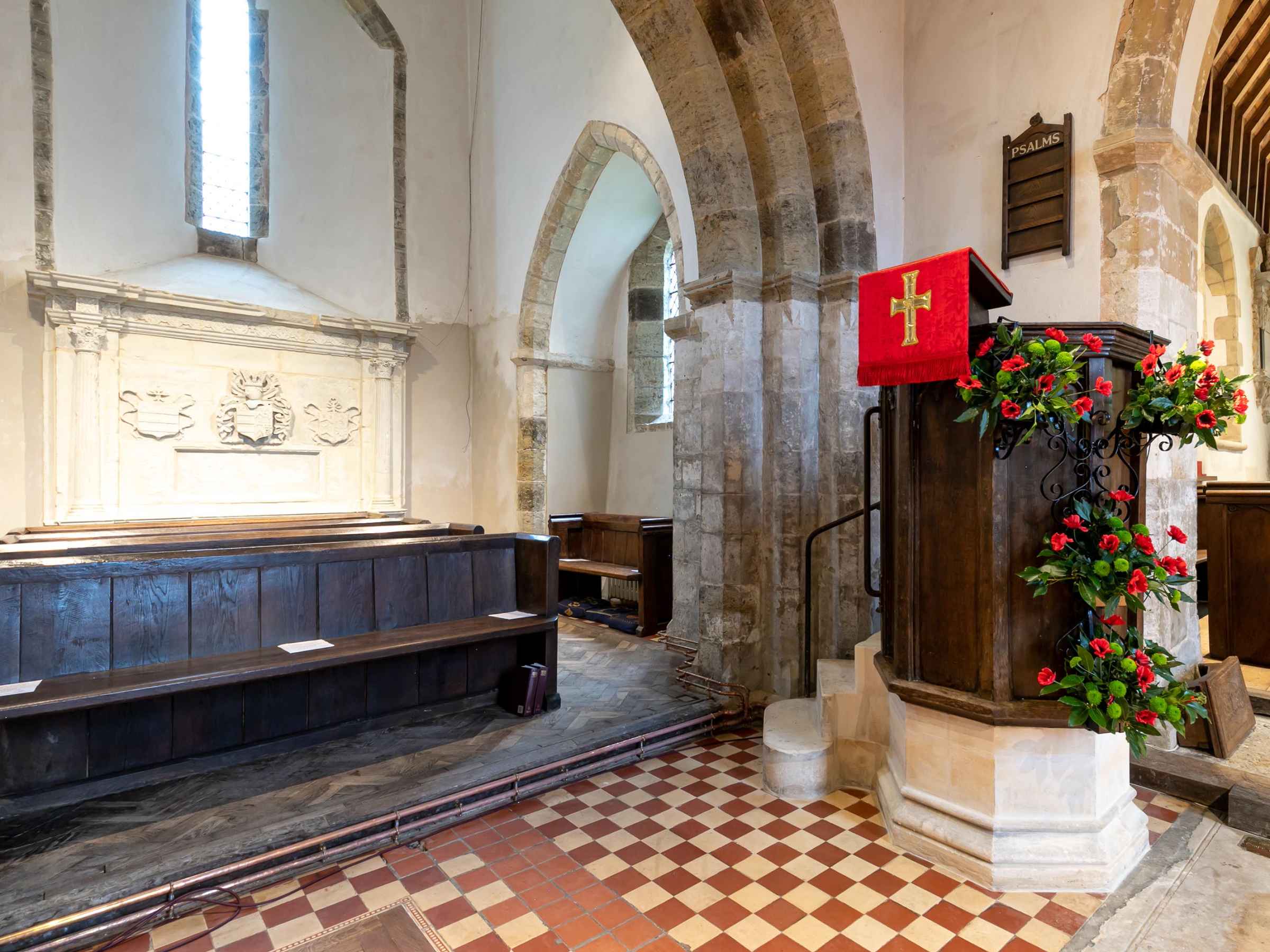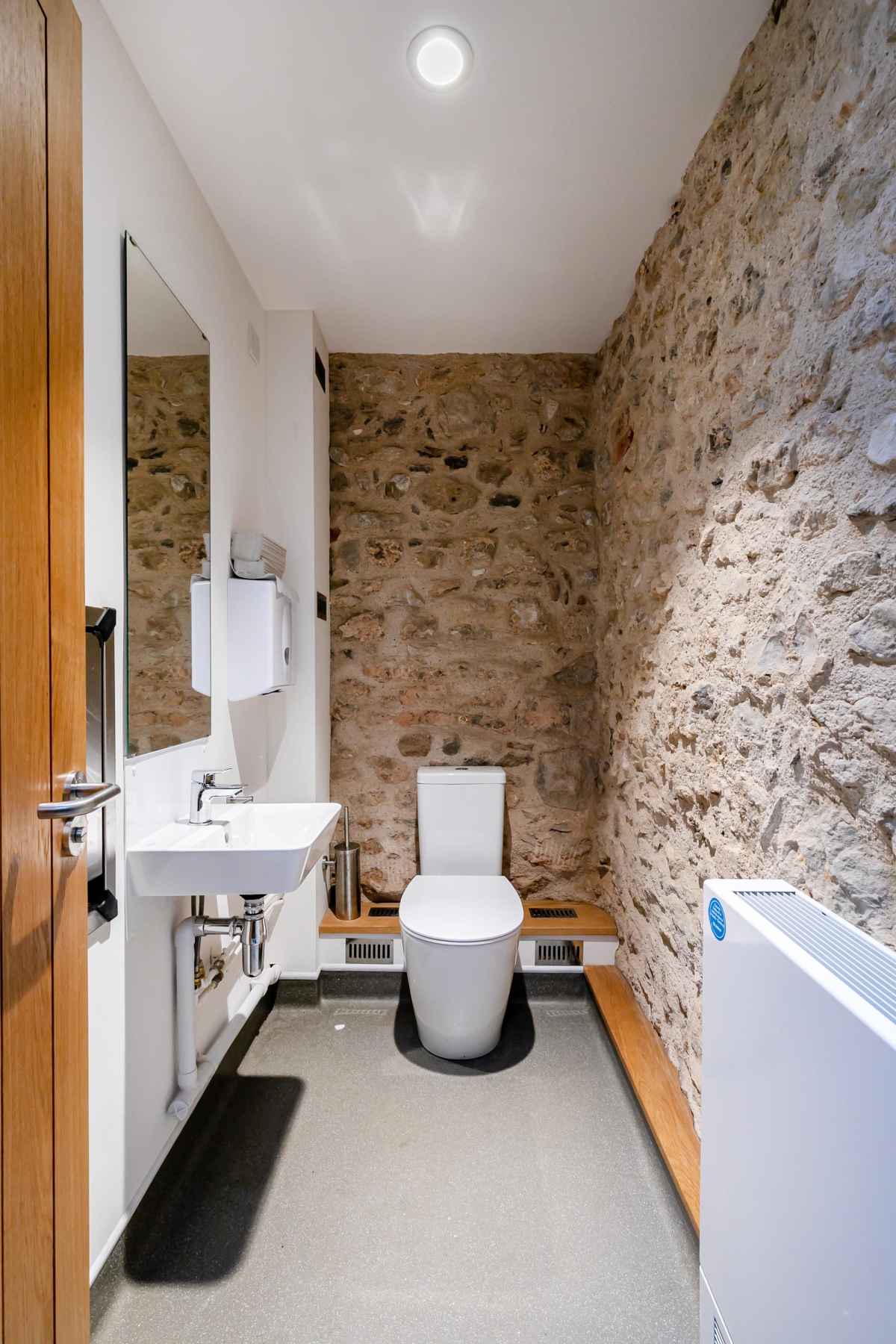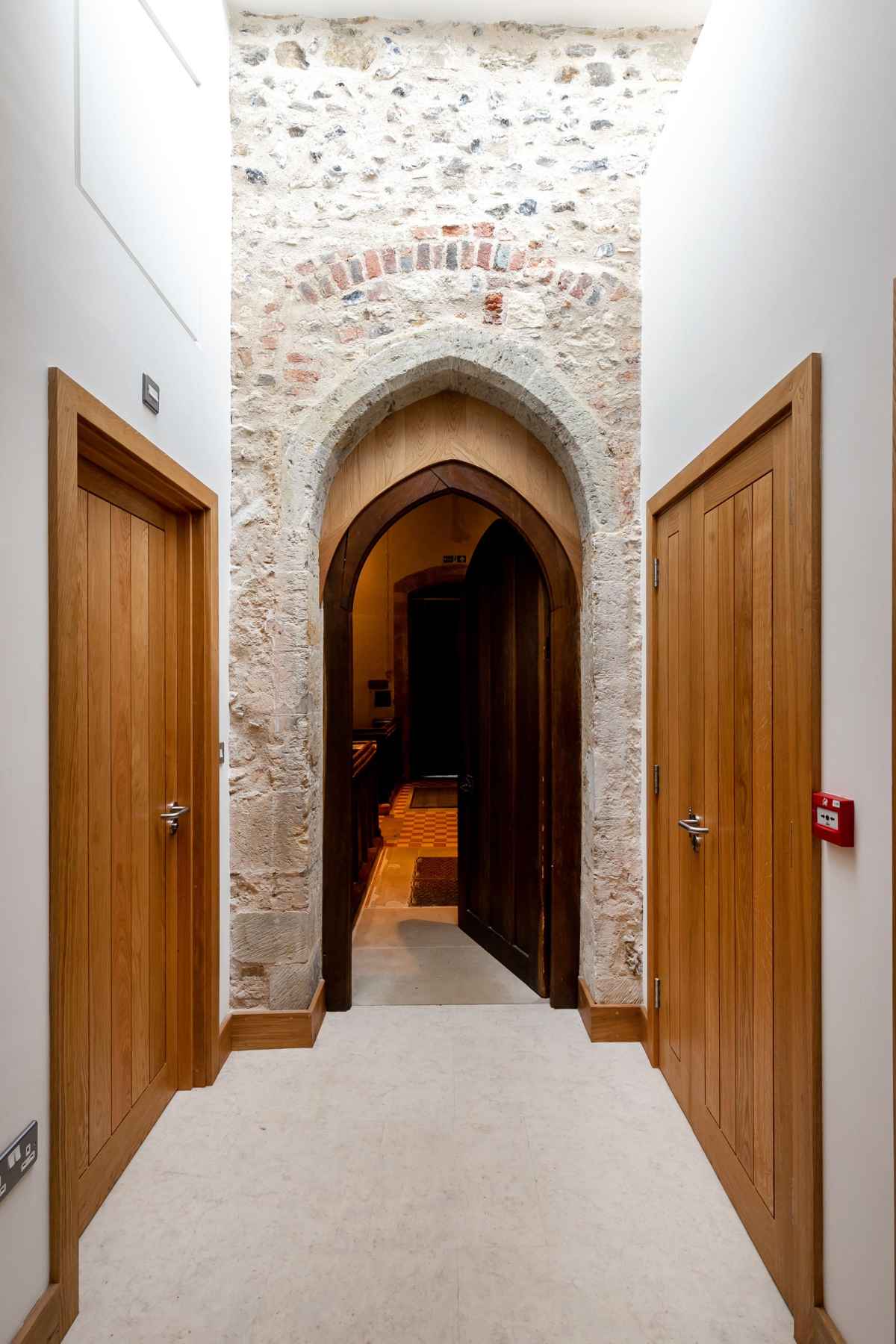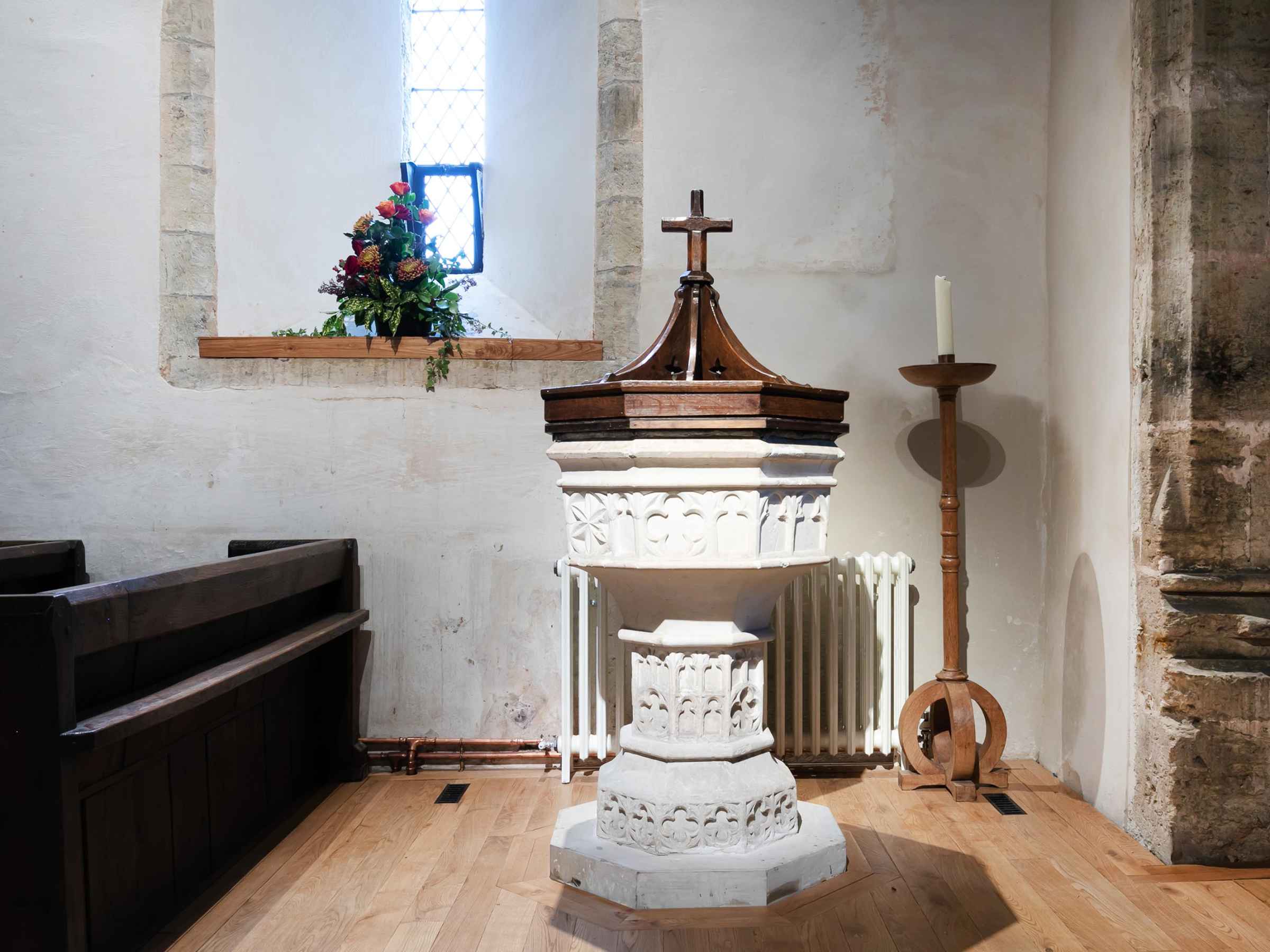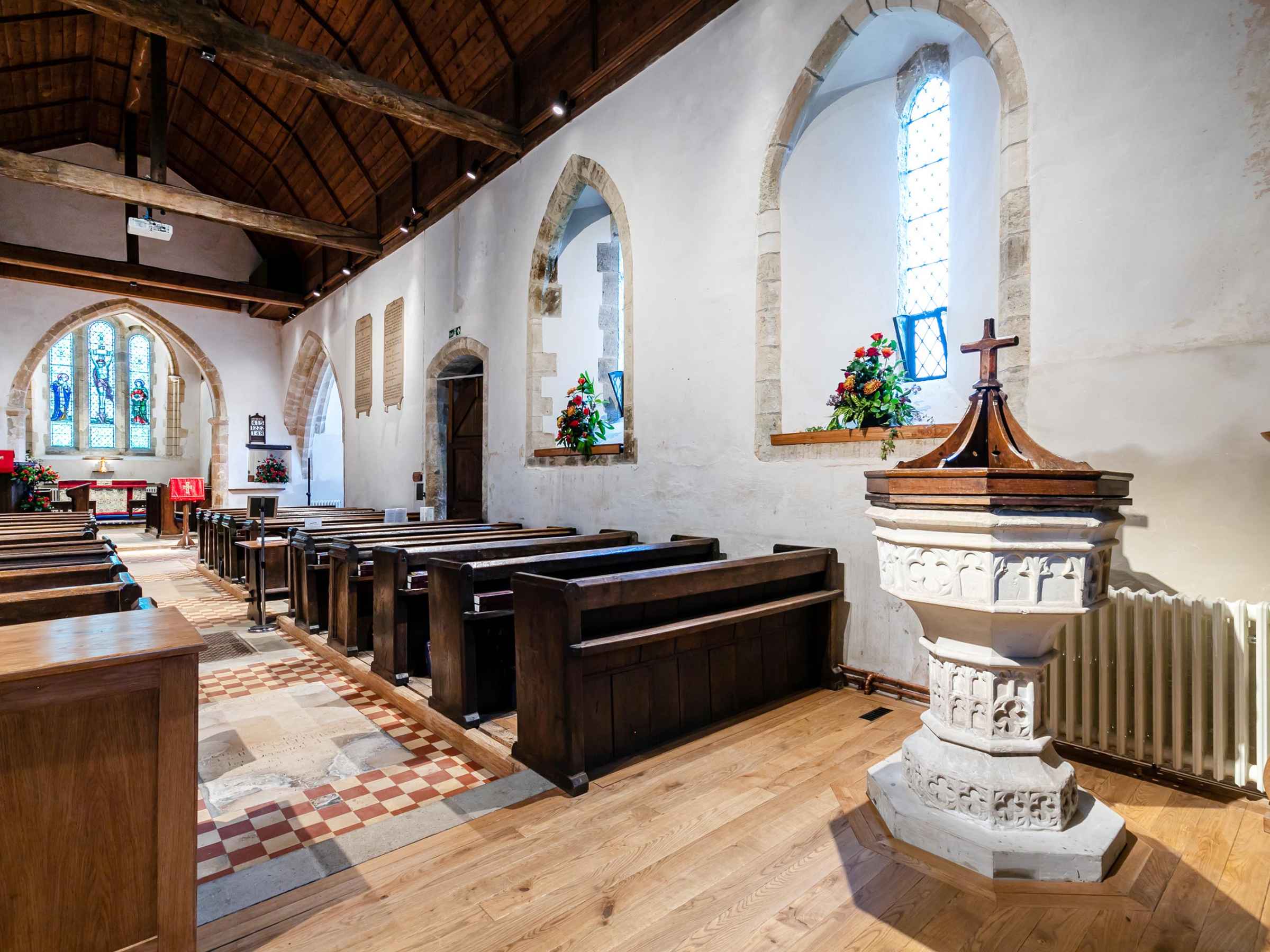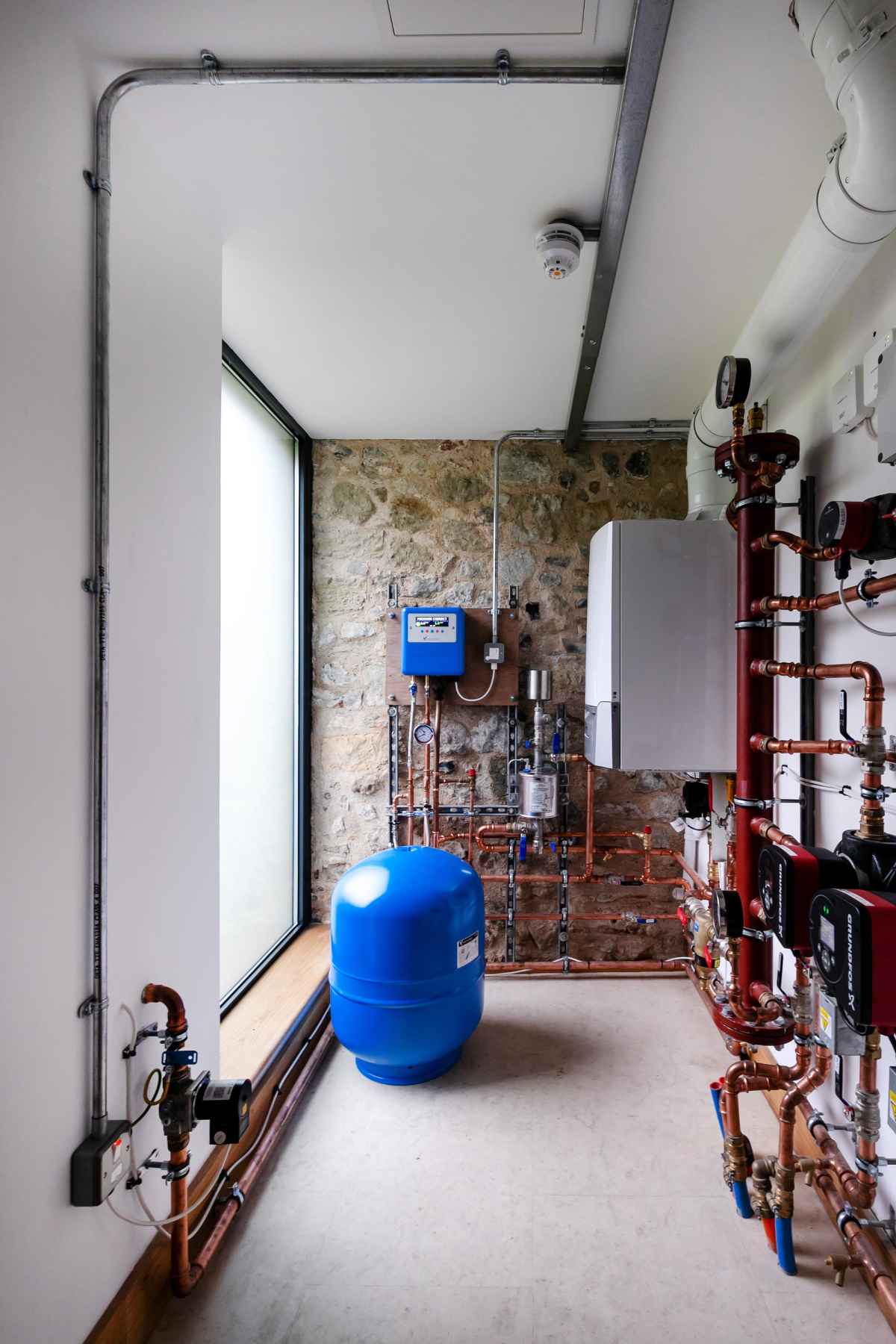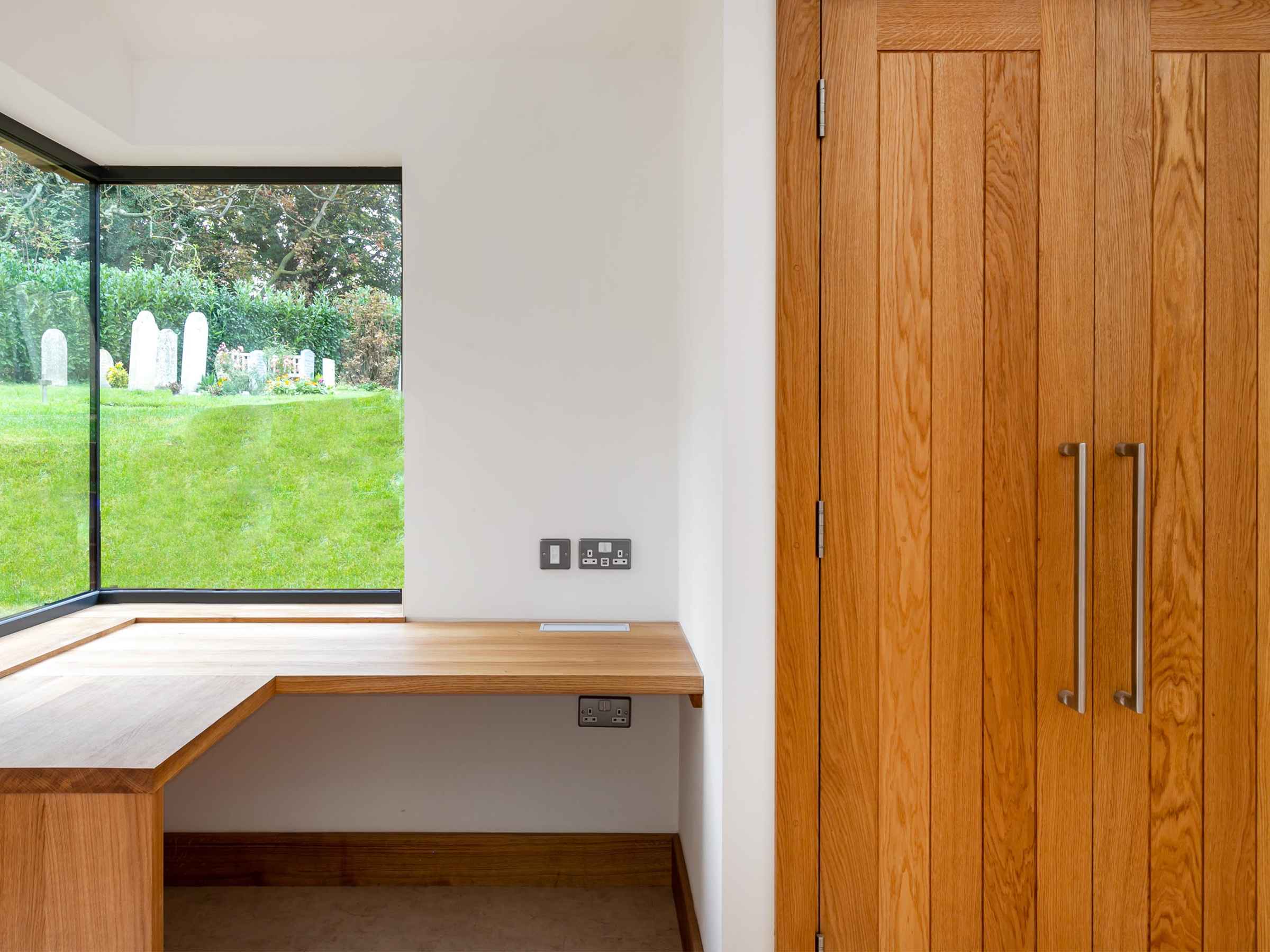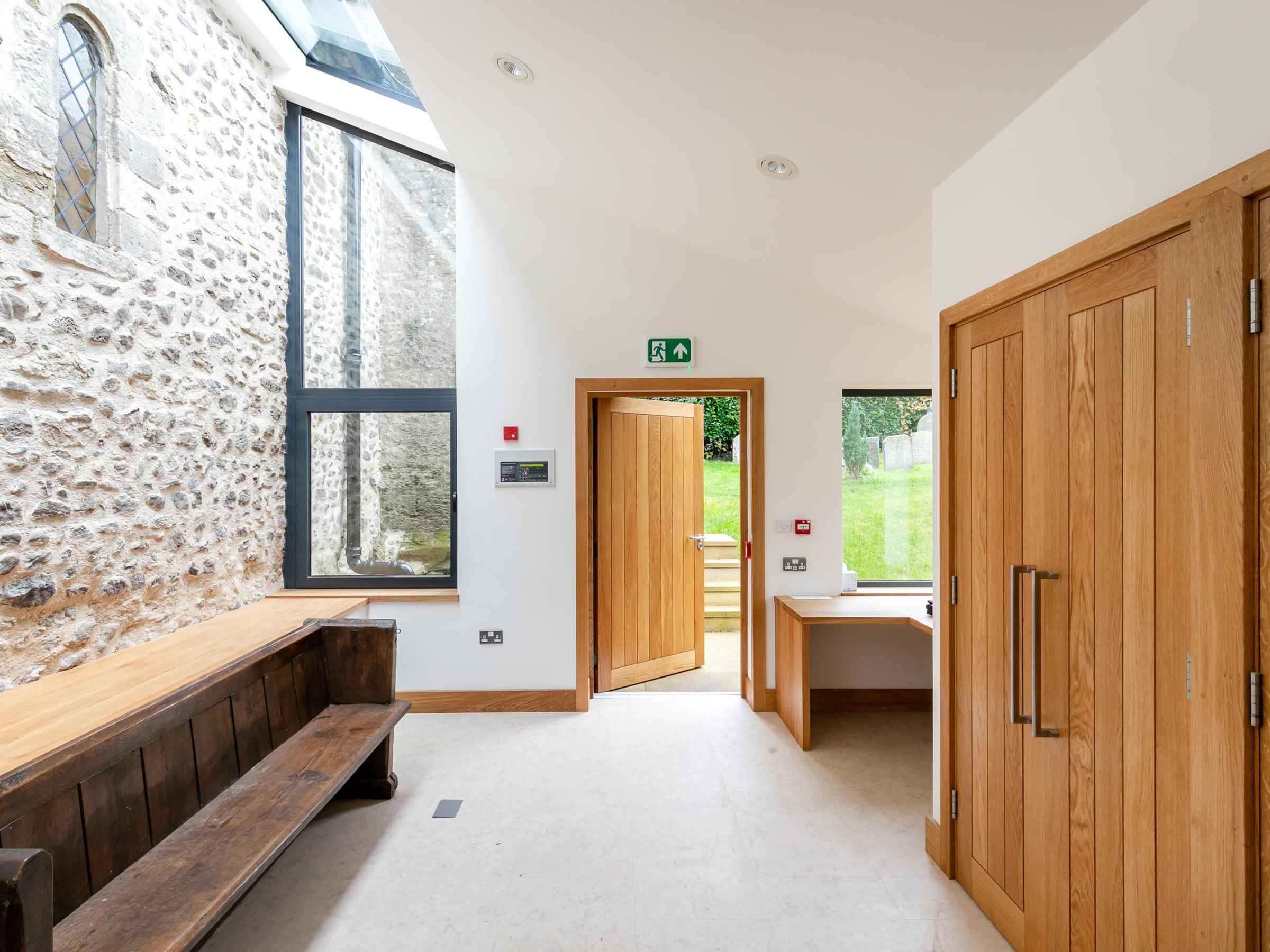12th Century church restoration and improvement
West Sussex
St. Mary’s is a Grade I listed, 12th Century church sitting atop a hill overlooking the village of Thakeham.
Valley Builders were commissioned to build a new annexe, improve access to the church itself and address the cold and damp interior. To add to the requirements, there were concerns about the condition of the external stonework, which had been pointed in an unsympathetic cement mortar.
The new annexe has been carefully detailed to sit subservient to the church.
The oak, board-on-board cladding will weather and silver down to a similar colour of the stonework and the new zinc roof. The junctions to the church are glazed so that the stonework inside can still be viewed externally, including the 12th century window, now lit by the bank of roof lights above.
Inside the annexe, the new room is used as a flexible meeting and office space with storage. The churchyard is accessible directly from the annexe via a door, and views can be seen through the corner window. The external door is clad so that it blends with the adjacent walls, keeping elevation simple.
The external elevations of the church building were repointed, and repairs were also undertaken to the south-facing leaded windows, which were leaking.
The heating system in the church was replaced and included new cast-iron column radiators and under-pew heaters. These, as well as the newly plastered and repointed walls, have removed the musty damp smell that once lingered inside the church. The lighting and AV systems were also modernised and key features, such as the east window and the font, were lit to enhance the special atmosphere already present inside the church.
In the nave, between the transepts, the pew platforms were reduced to make these sections level with the nave floor. To ensure the significant medieval pews displaced from the front were retained, they were reorganised and reused inside the nave. The pews in the rear of the church were relocated into the north transept, and those removed from the front, relocated into their place in the rear of the nave.
At the rear of the nave, the font was moved from the centre to the South side, allowing the awkward arrangement of steps around the font to be removed. These were especially difficult for brides wanting to walk down the entire length of the aisle from the West doors.
The repairs to the stonework and leaded windows will protect the historic church and stand it in good stead for many more centuries. But churches need to be usable, not just monuments. The additional space allows for music groups, more flexible worship, and a host of other activities. The cold and damp have gone, and the church now benefits from a comfortable and useable annexe suitable for many purposes.
